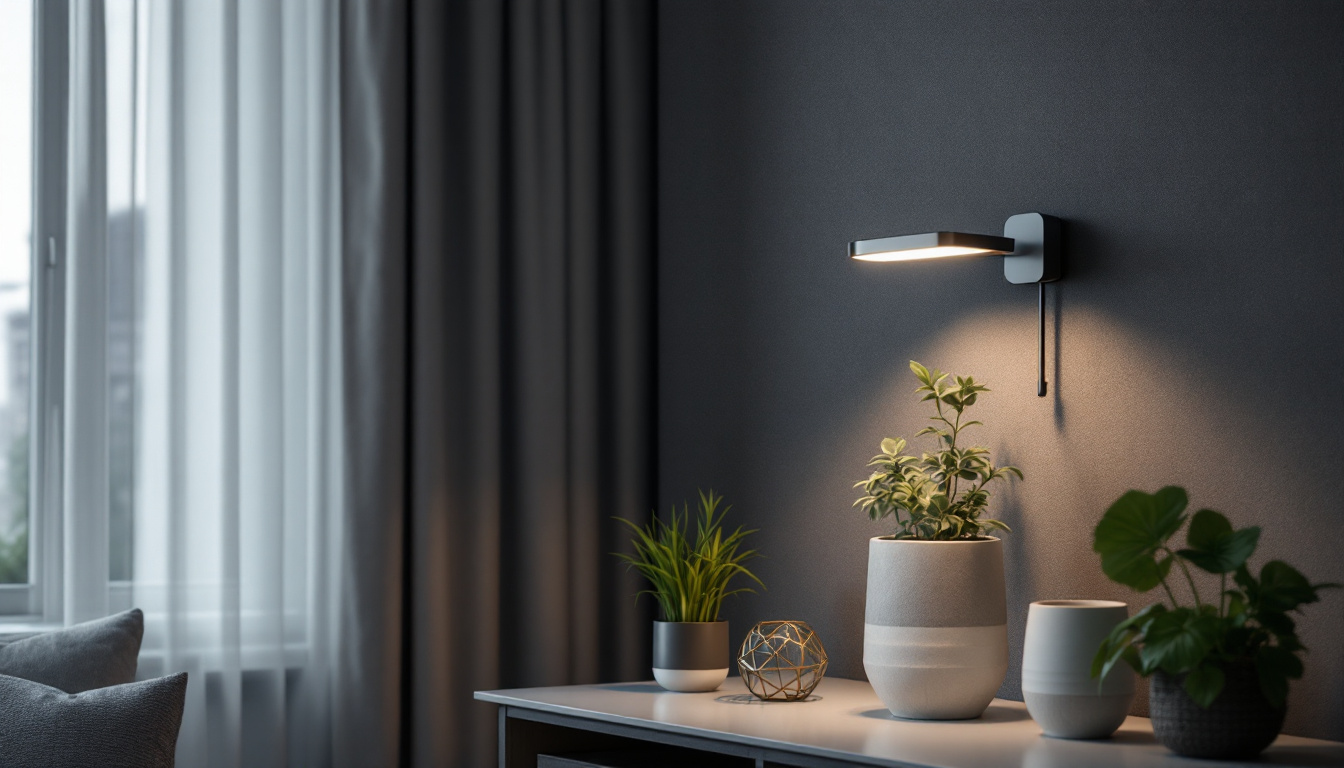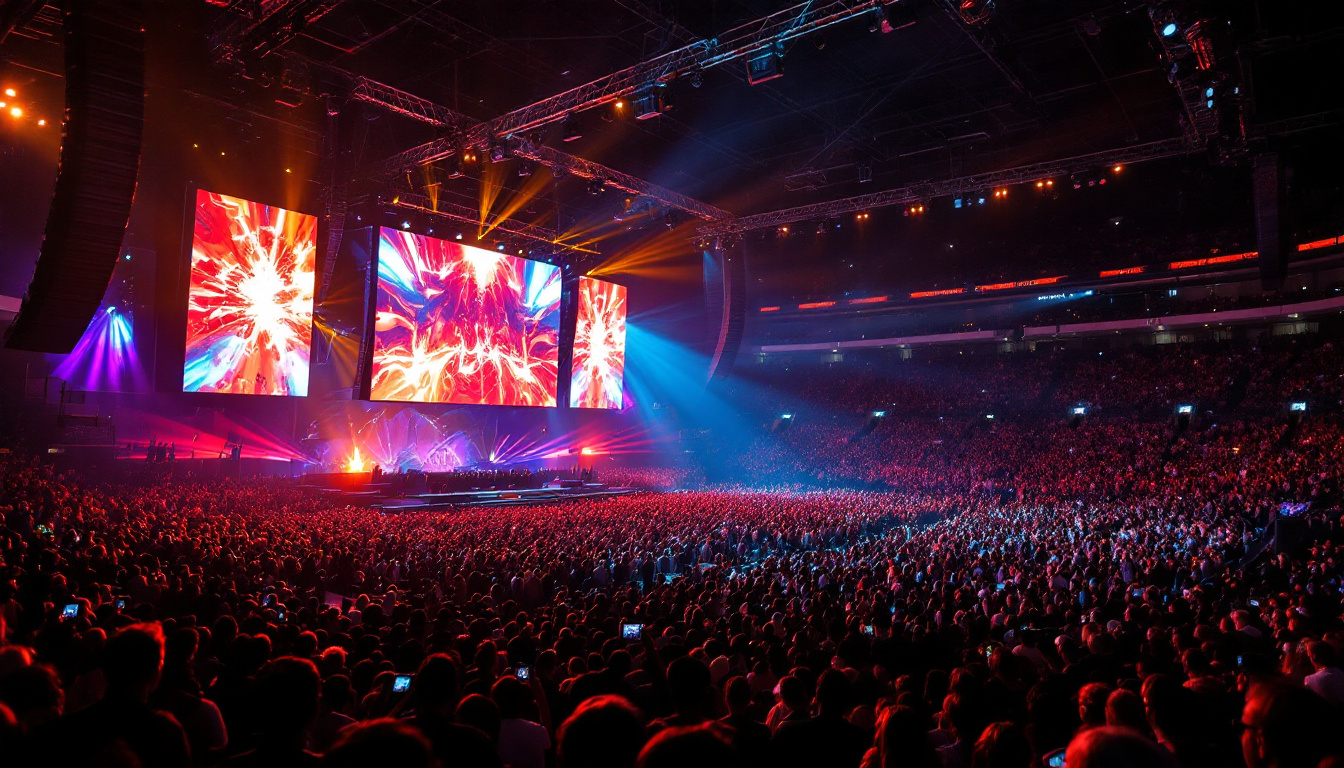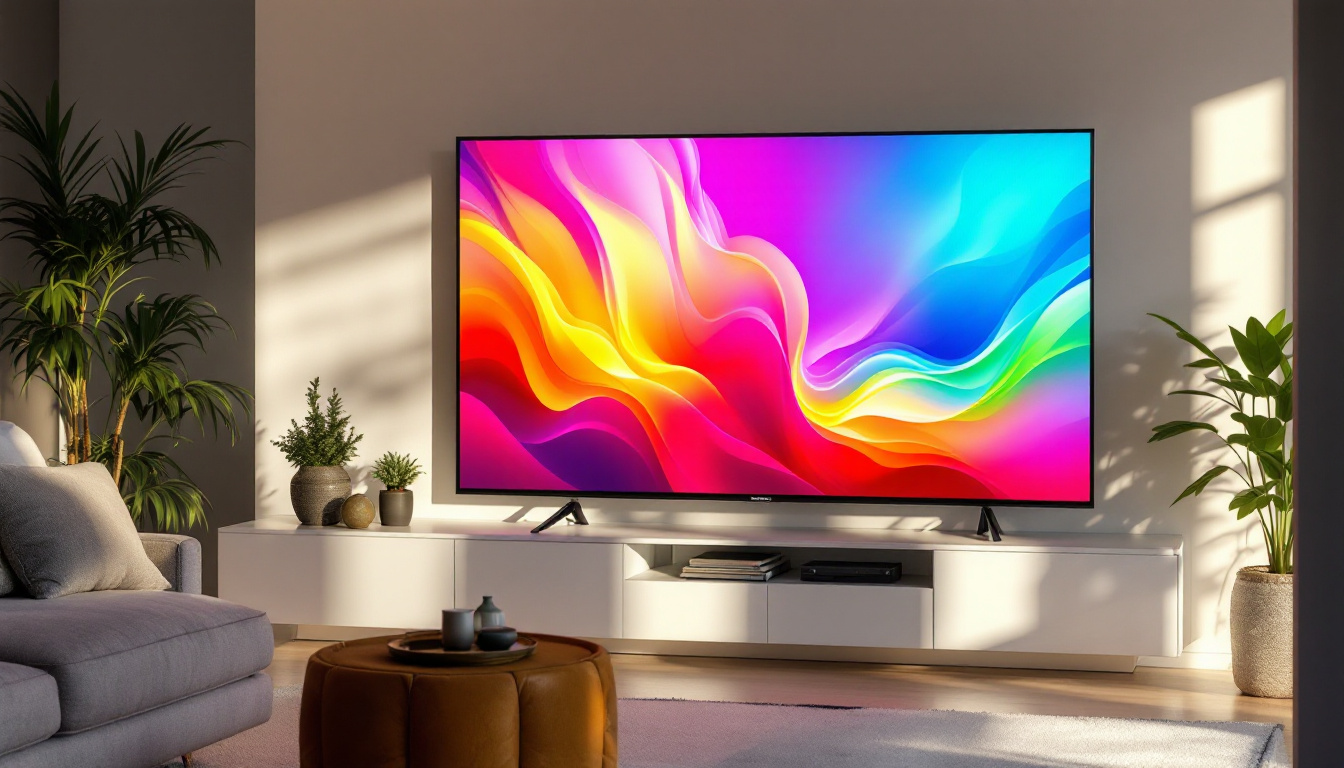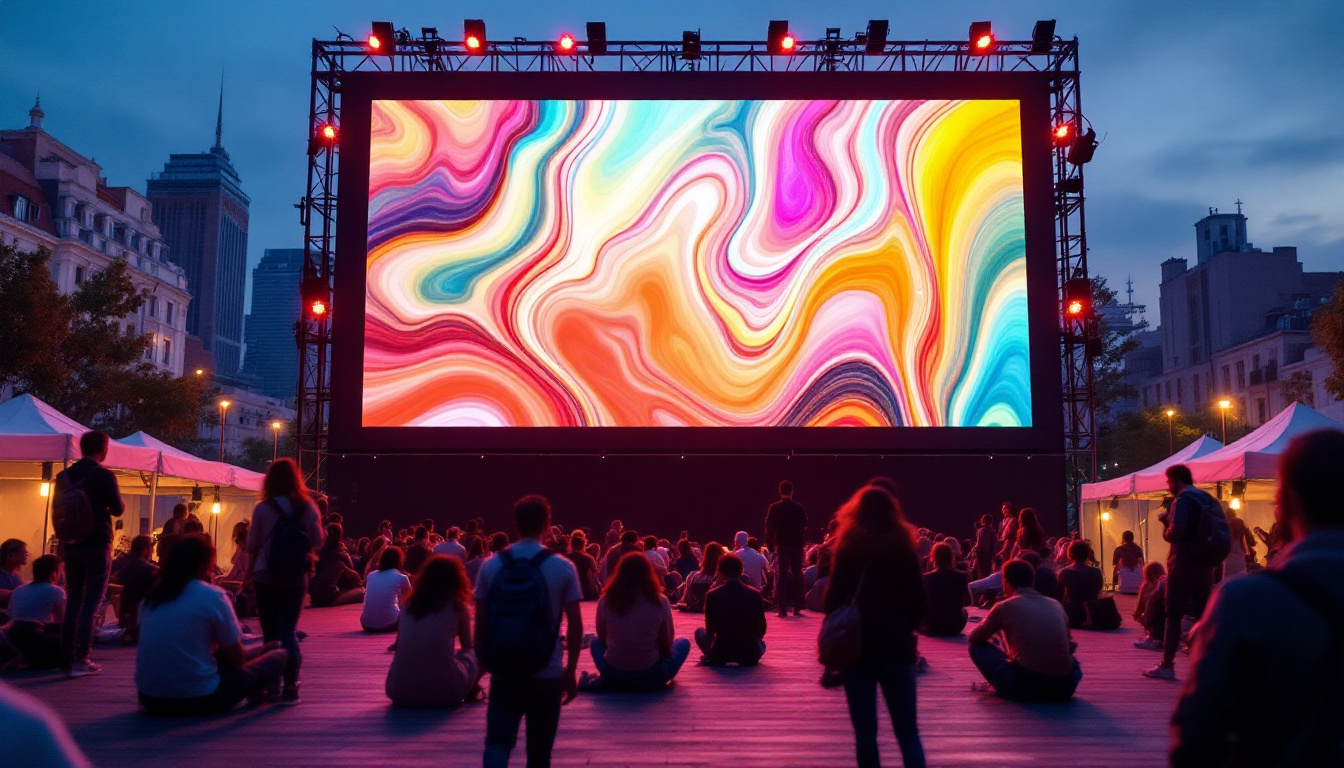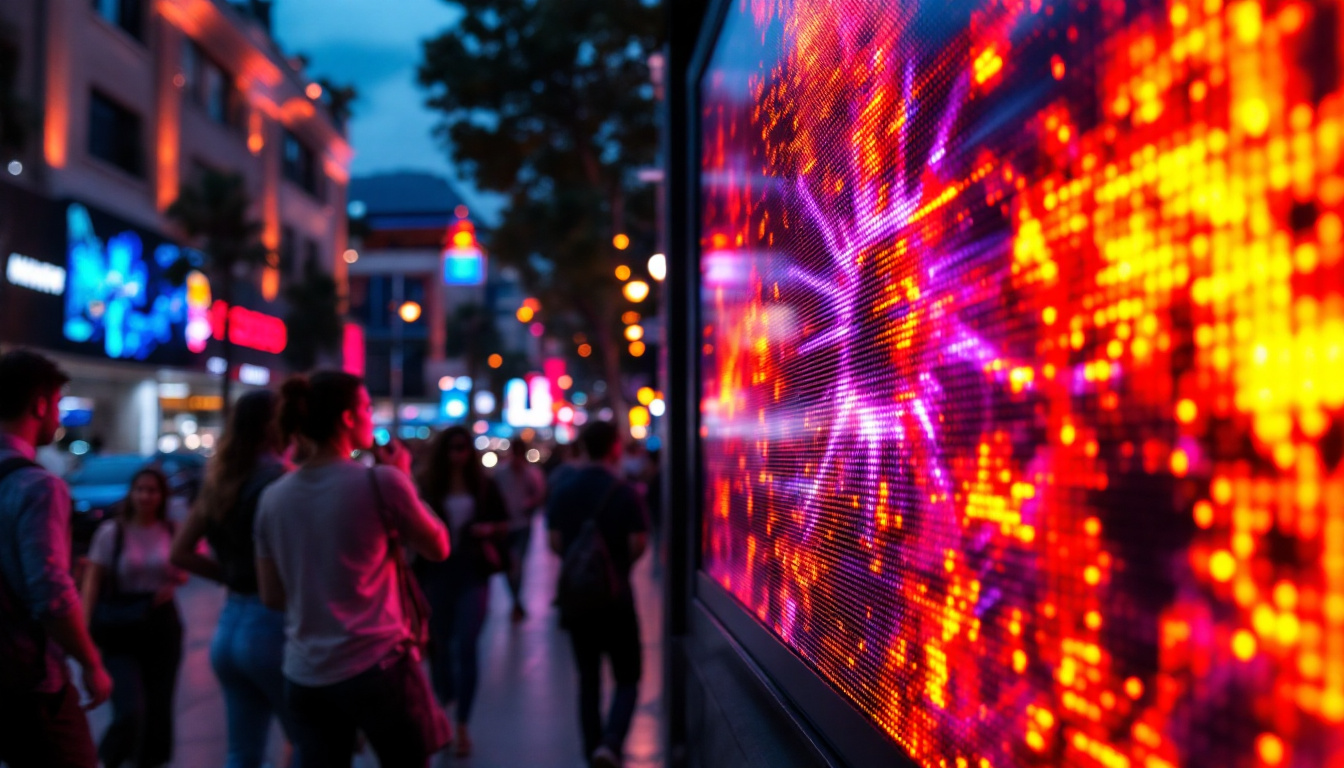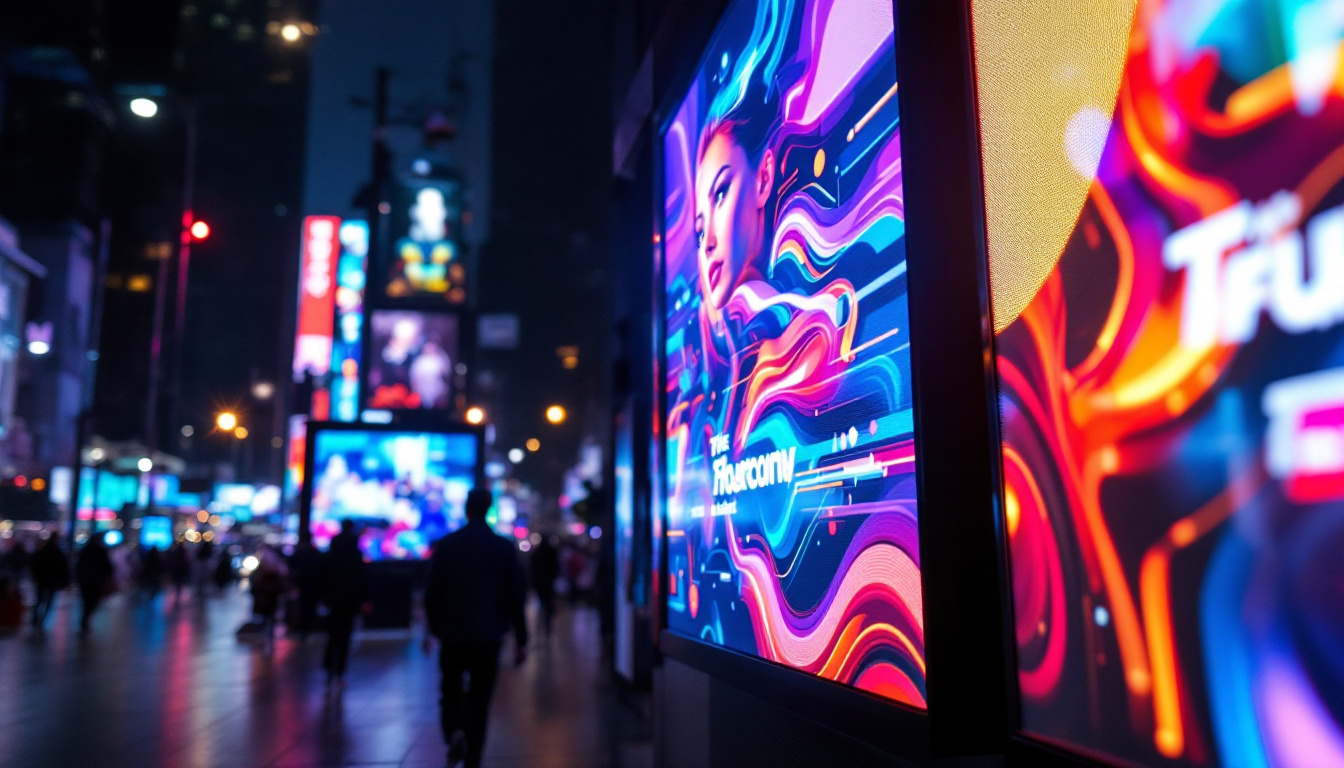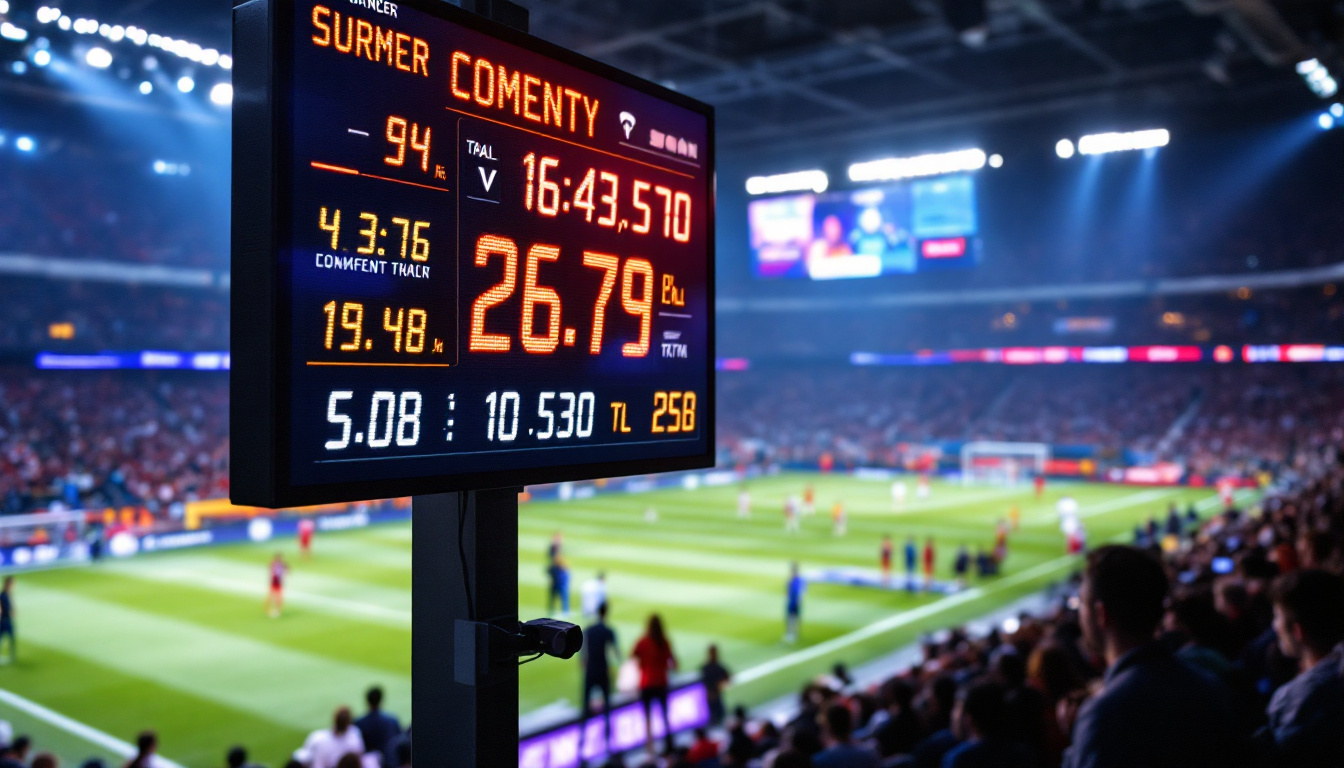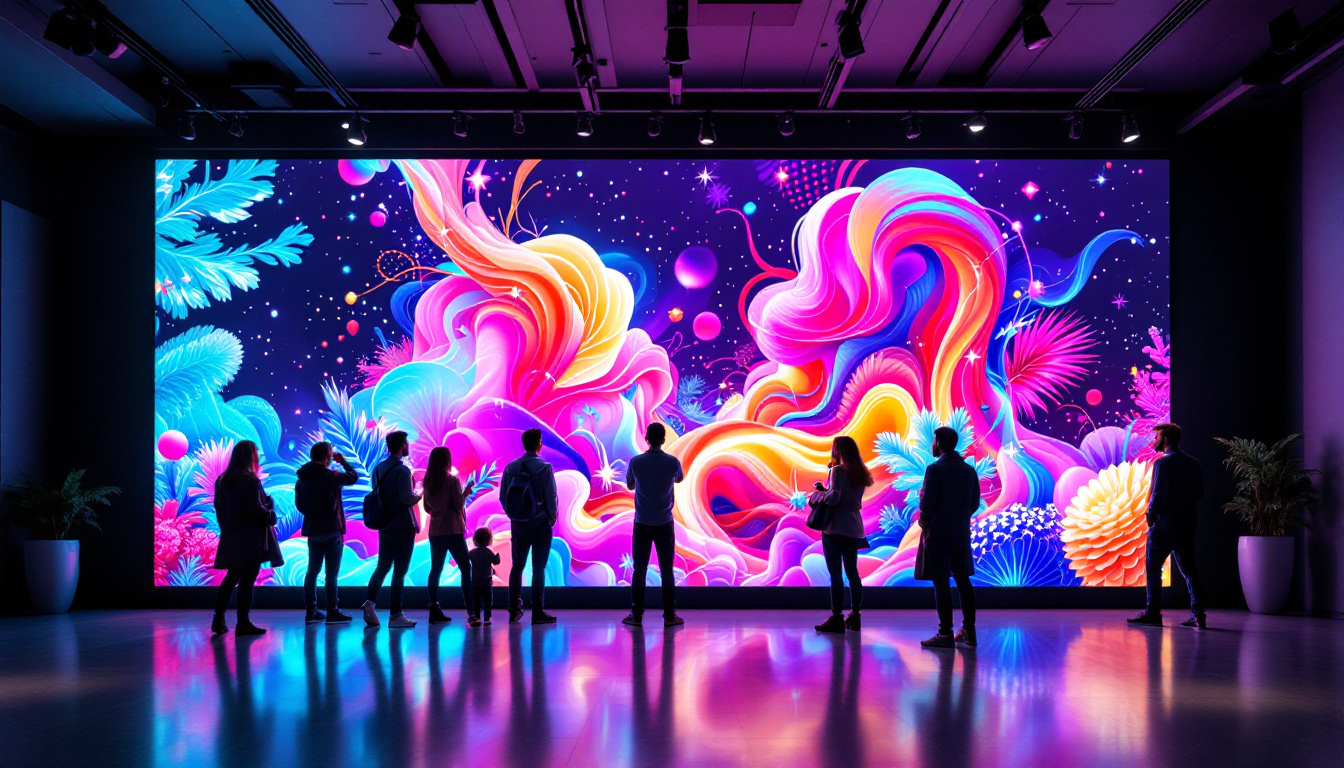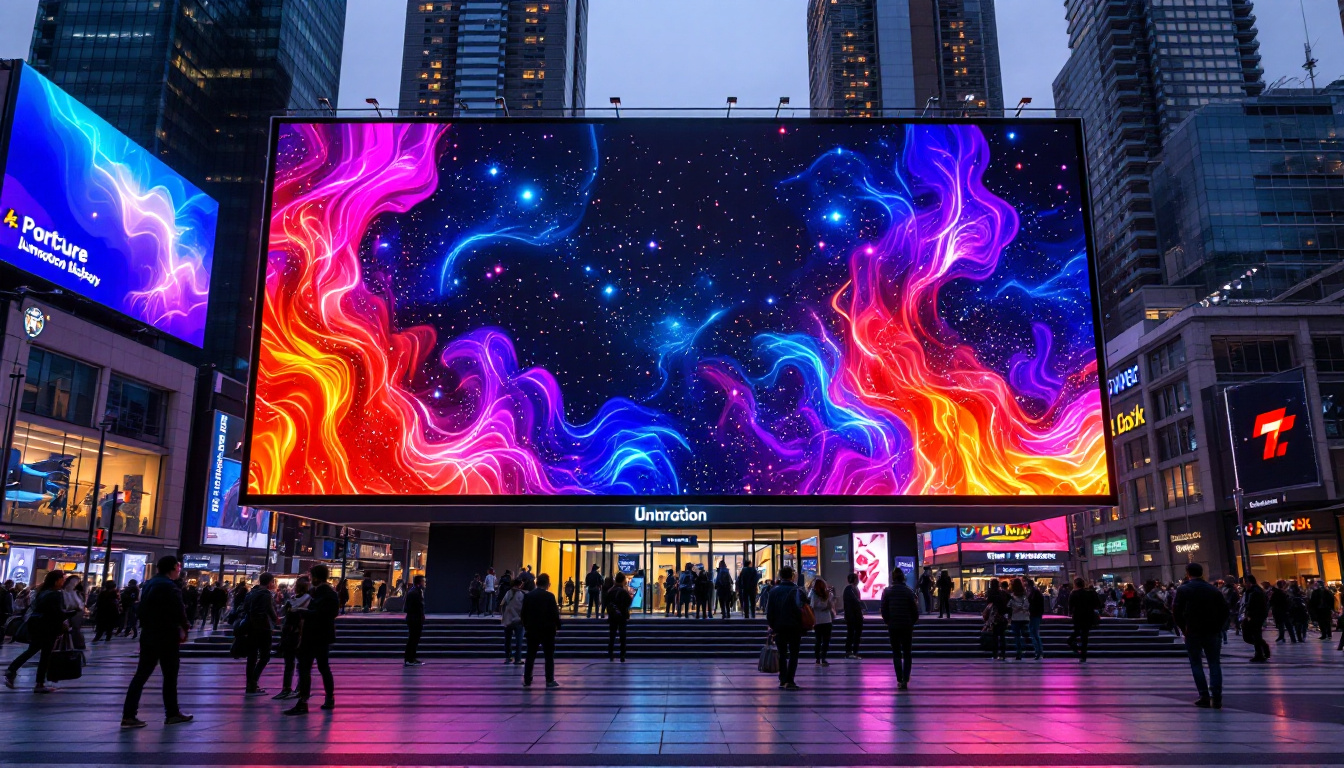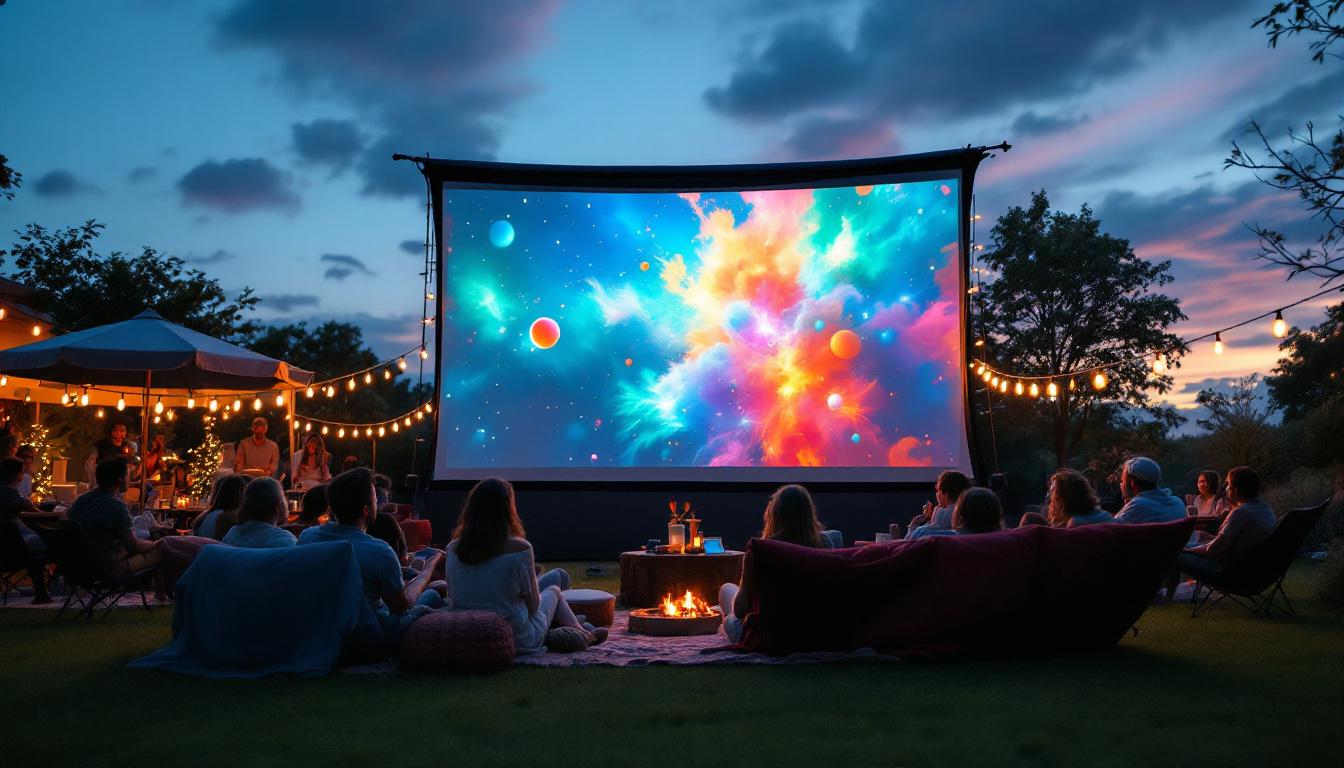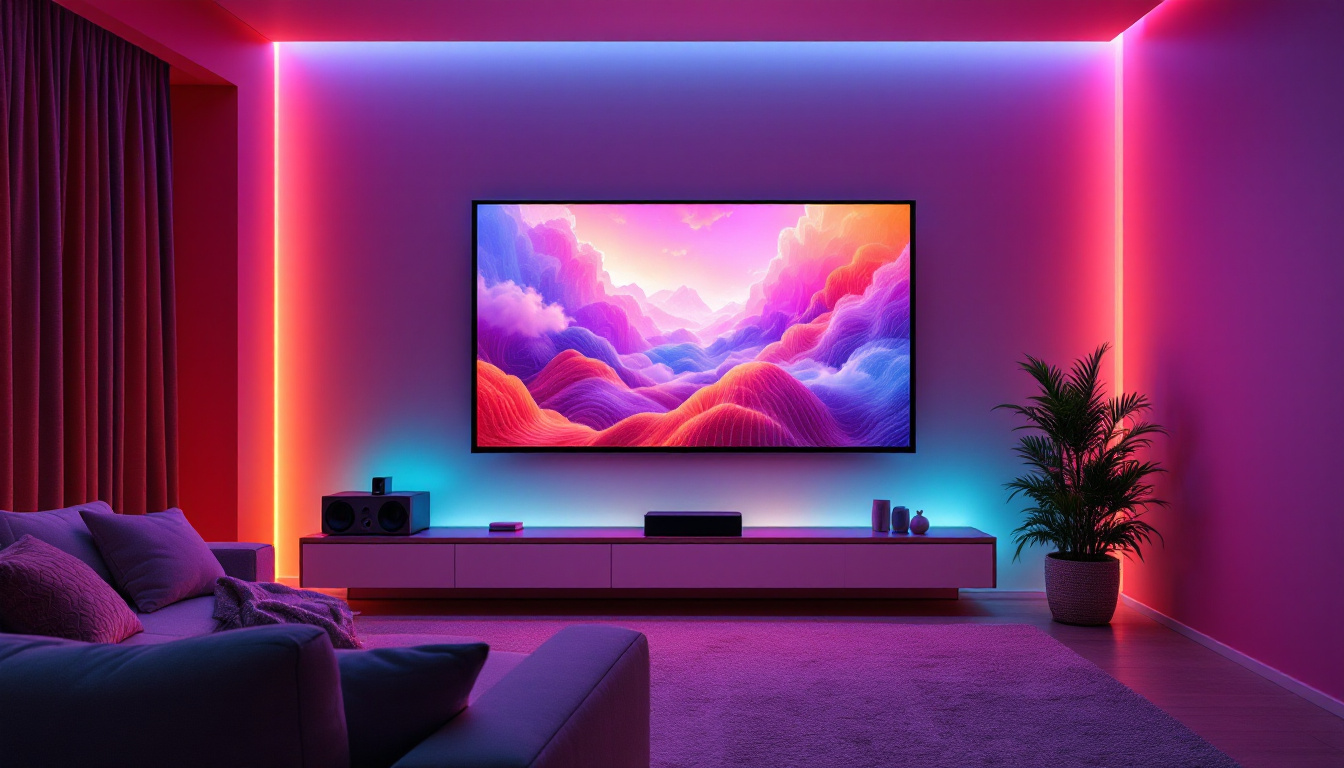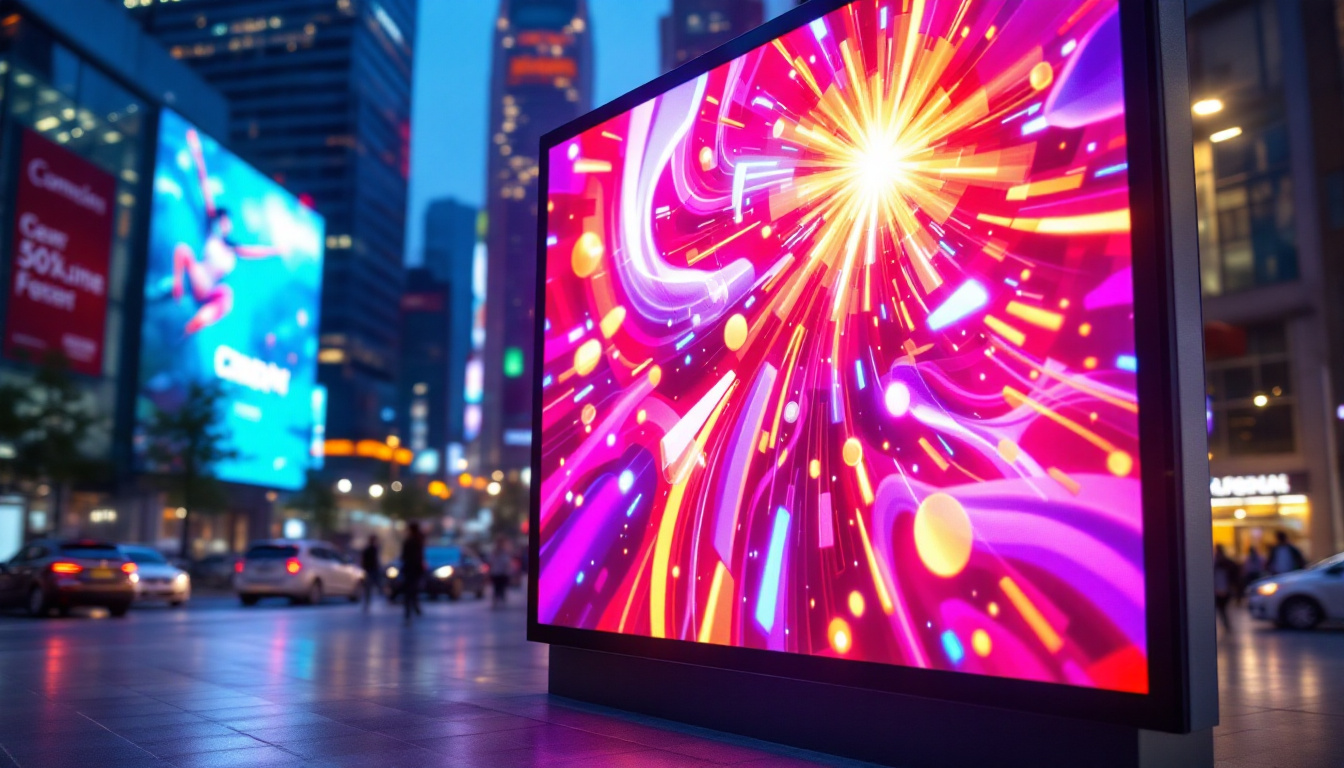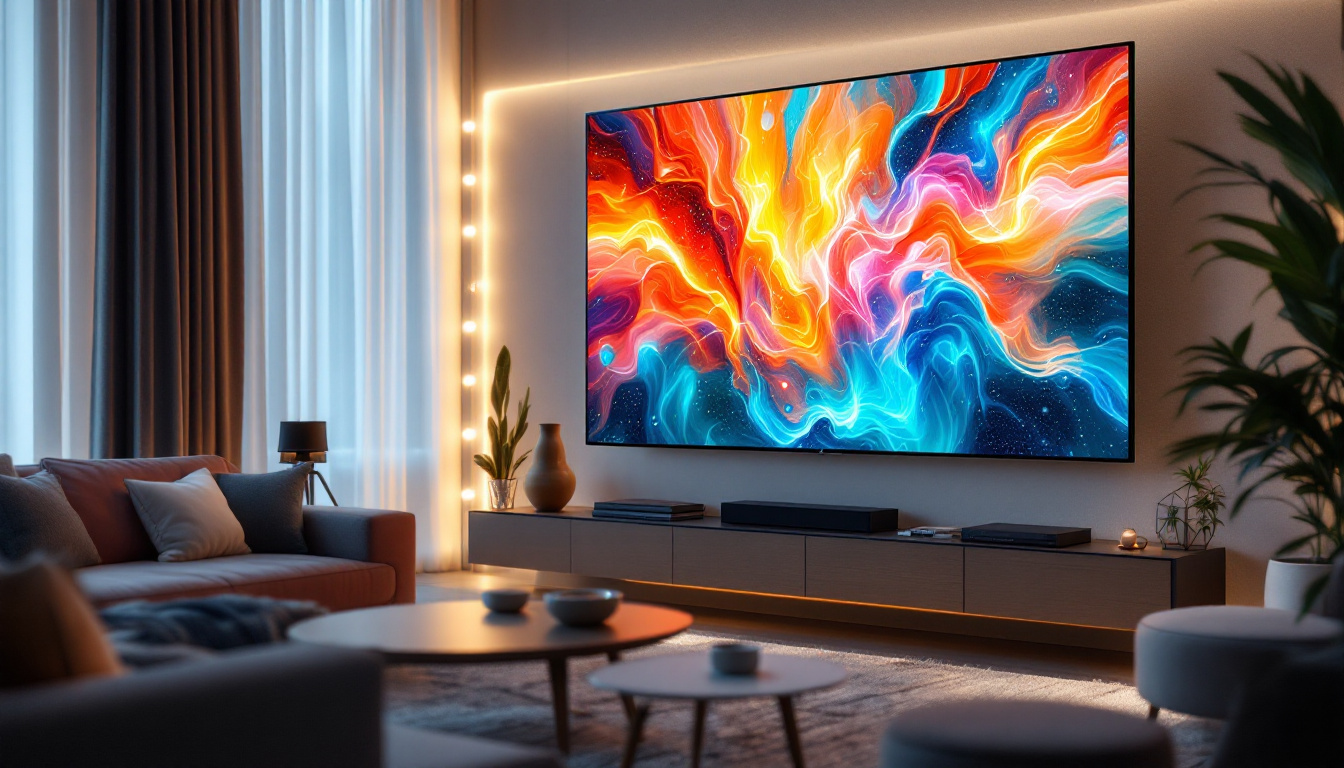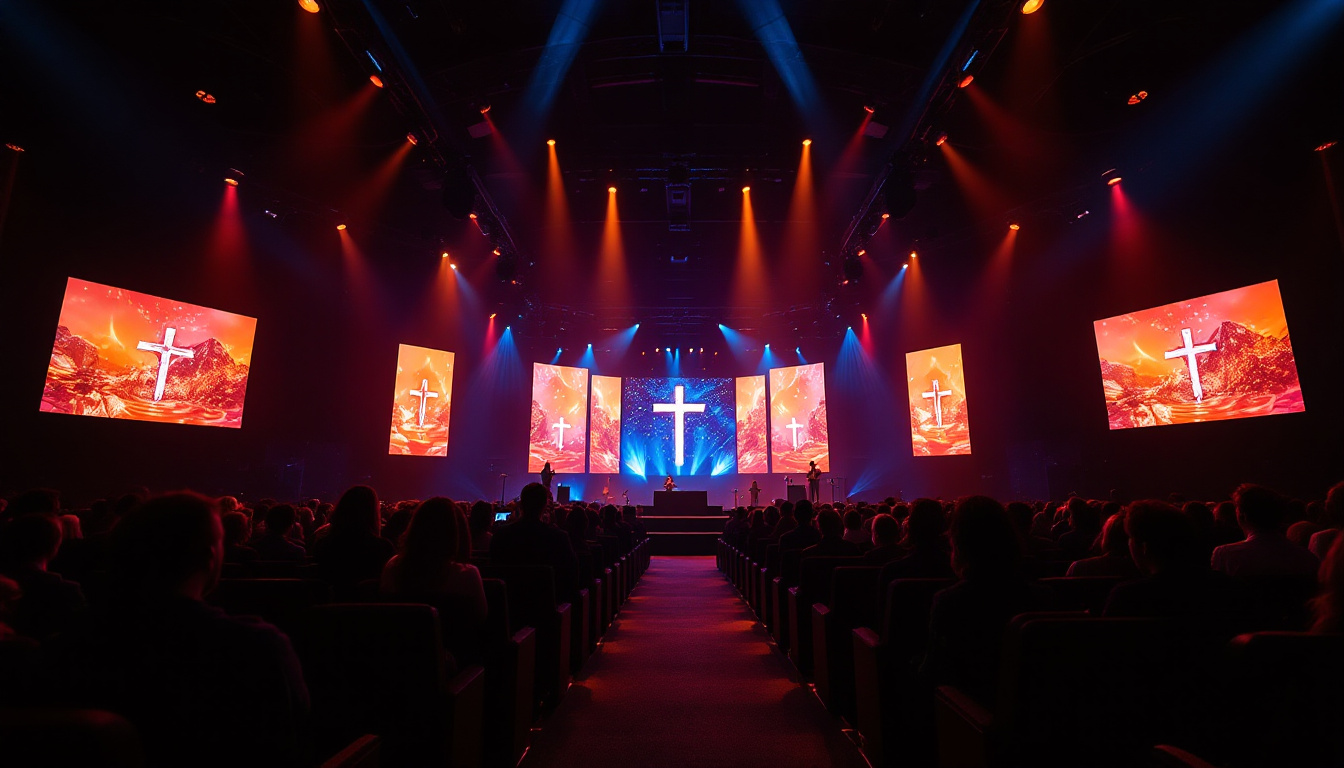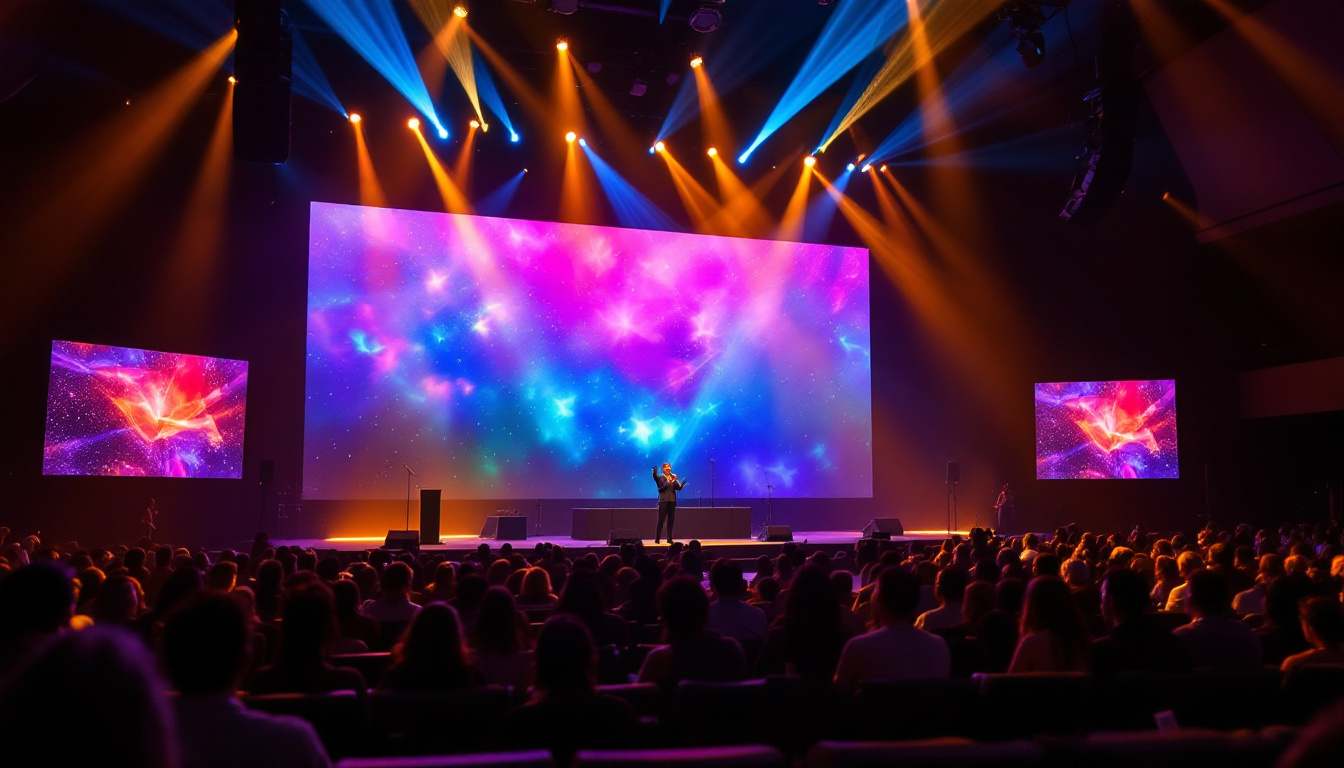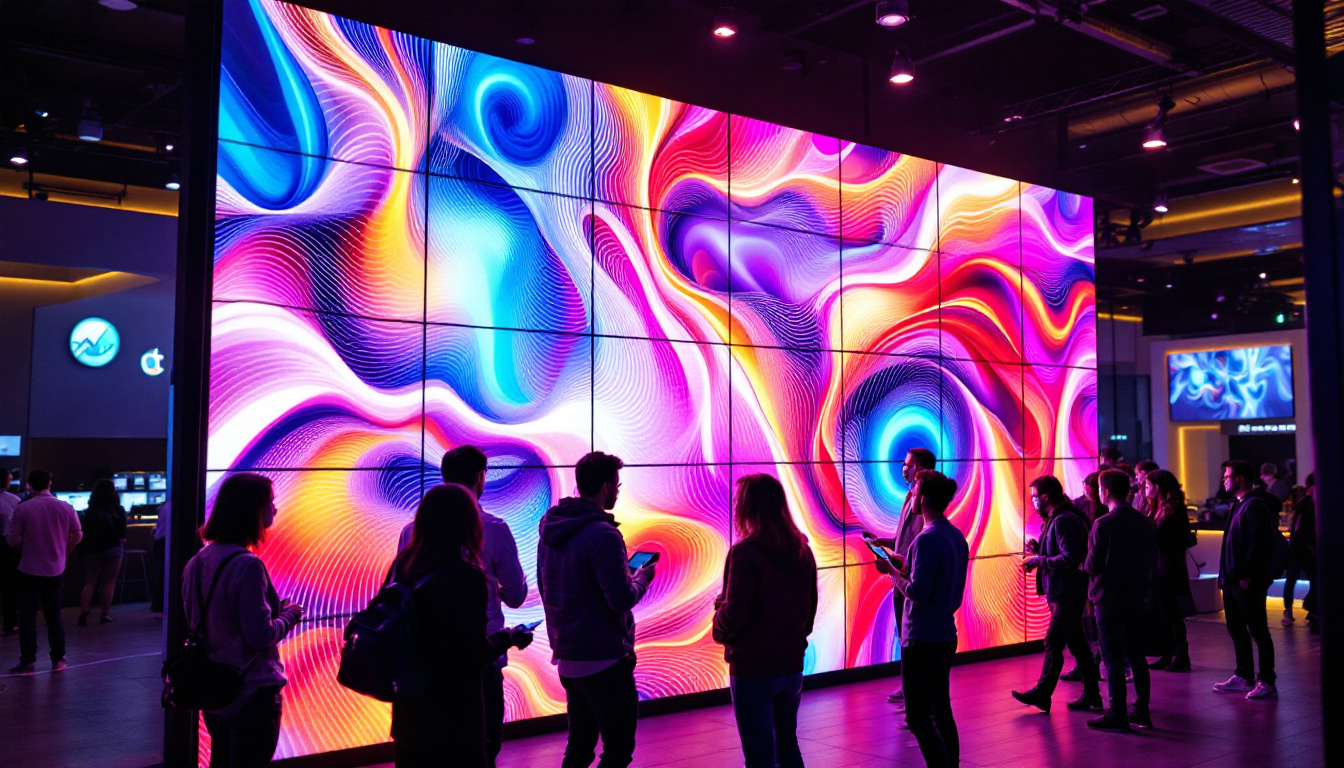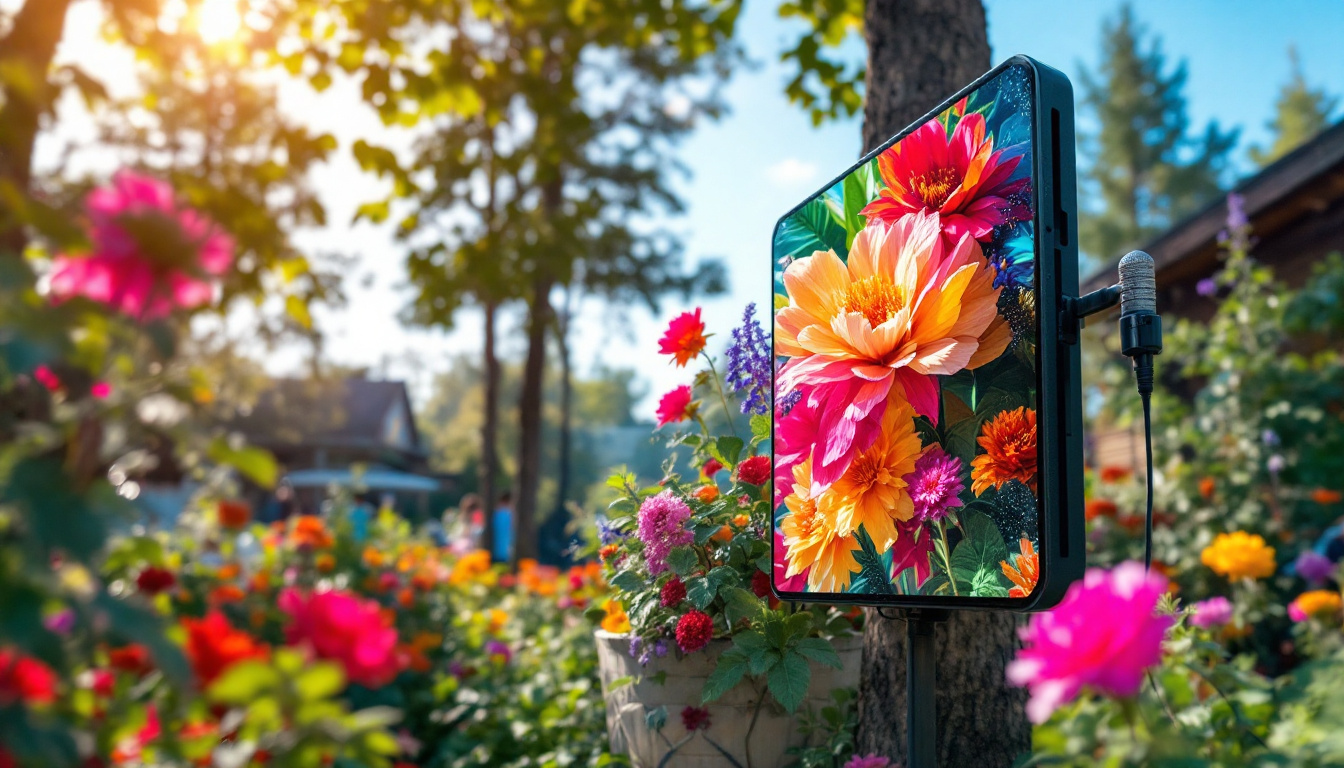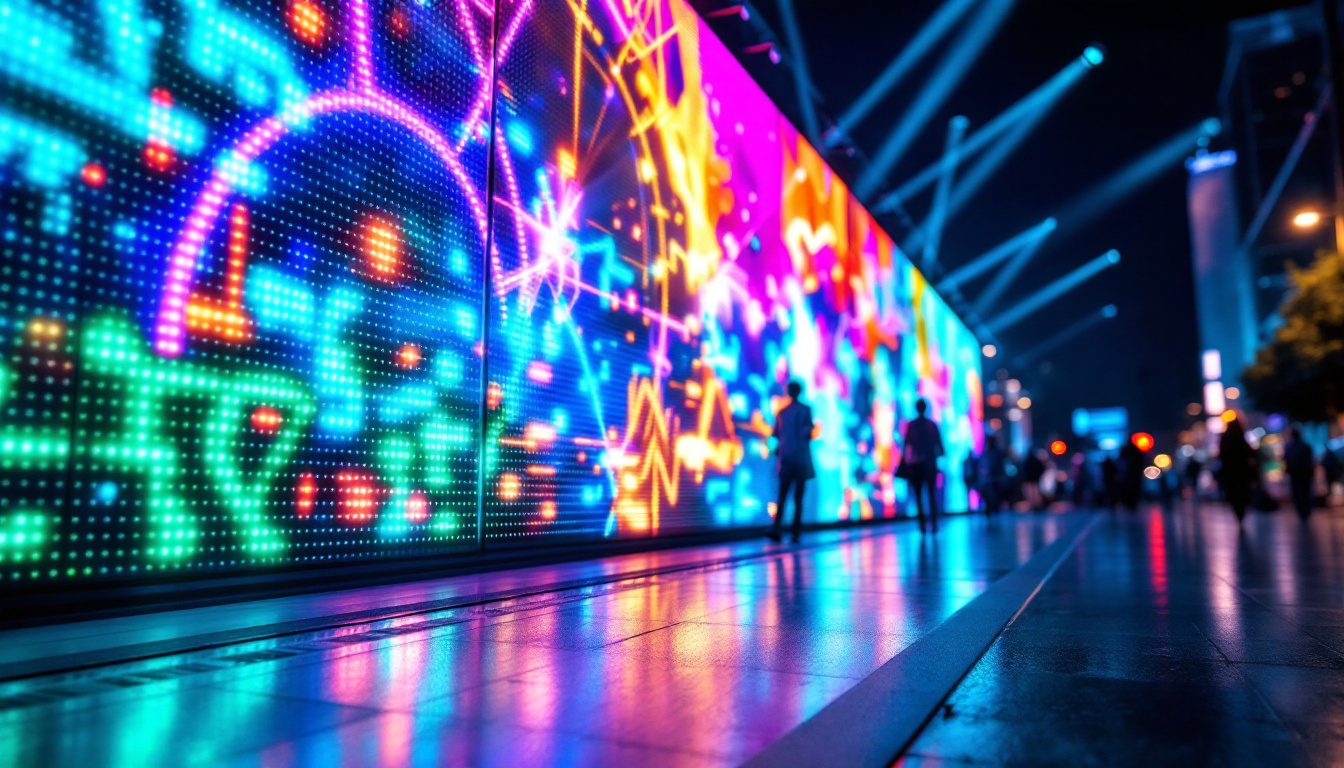In the realm of modern lighting solutions, LED thin can lights have emerged as a popular choice for both residential and commercial applications. These sleek fixtures not only provide superior illumination but also offer a range of benefits that make them an attractive option for various settings. This article delves into the intricacies of LED thin can lights, exploring their design, functionality, and the technology behind them.
Understanding LED Thin Can Lights
LED thin can lights, often referred to as recessed lights or downlights, are designed to fit snugly into ceilings, providing a clean and unobtrusive lighting solution. Their low-profile design allows them to blend seamlessly into the architecture of a space, making them ideal for areas where traditional light fixtures may be too bulky or visually distracting.
Design Features
One of the standout features of LED thin can lights is their slim profile. Unlike traditional can lights that require a larger housing, these fixtures typically have a depth of less than four inches, allowing for installation in tight spaces. This design flexibility makes them suitable for various applications, from residential kitchens and living rooms to commercial offices and retail environments.
Moreover, many LED thin can lights come with adjustable color temperatures, allowing users to choose between warm, neutral, or cool white light depending on the desired ambiance. This adaptability enhances the versatility of these fixtures, making them suitable for different moods and settings. For instance, a warm light can create a cozy atmosphere in a dining room, while a cooler tone can enhance focus and productivity in a workspace. Additionally, some models offer dimming capabilities, enabling users to control the brightness and further customize the lighting experience to their preference.
Energy Efficiency
energy efficiency is a significant advantage of LED technology. LED thin can lights consume substantially less power than traditional incandescent or fluorescent fixtures, resulting in lower energy bills and a reduced carbon footprint. This efficiency is not only beneficial for the environment but also for homeowners and businesses looking to cut costs.
Additionally, LED lights have a longer lifespan, often lasting up to 25,000 hours or more. This longevity means less frequent replacements, further contributing to cost savings over time. In commercial settings, where lighting can be a significant expense, the transition to LED thin can lights can lead to substantial financial benefits. Furthermore, many LED thin can lights are designed with advanced thermal management systems that help dissipate heat, ensuring optimal performance and longevity. This feature not only enhances the durability of the lights but also contributes to maintaining a comfortable temperature in the space, reducing the load on air conditioning systems during hot months.
The Technology Behind LED Thin Can Lights
At the core of LED thin can lights is the light-emitting diode (LED) technology, which has revolutionized the lighting industry. Unlike traditional bulbs that rely on filaments or gas to produce light, LEDs generate illumination through a semiconductor material that emits light when an electrical current passes through it.
How LED Technology Works
The basic principle of LED technology involves electroluminescence, where electrons recombine with holes within the device, releasing energy in the form of photons. This process is highly efficient, producing more light with less energy compared to conventional lighting methods.
Moreover, LEDs are available in various colors and color temperatures, allowing for customizable lighting solutions. This versatility enables designers and homeowners to create specific atmospheres tailored to their preferences and needs. For instance, warmer color temperatures can evoke a cozy ambiance in living spaces, while cooler temperatures are often preferred in work environments for their ability to enhance focus and productivity. Additionally, advancements in RGB (red, green, blue) technology have made it possible to create dynamic lighting effects that can change colors and patterns, adding a unique flair to any setting.
Driver and Dimming Capabilities
LED thin can lights typically require a driver to regulate the electrical current flowing to the LEDs. This driver ensures optimal performance and longevity of the light fixture. Some models come with integrated drivers, while others may require separate drivers for installation.
Furthermore, many LED thin can lights offer dimming capabilities, allowing users to adjust the brightness according to their preferences. This feature is particularly useful in settings where lighting needs may change throughout the day, such as in dining areas or conference rooms. The ability to dim lights not only enhances comfort but also contributes to energy savings, as lower brightness levels consume less power. Additionally, smart dimming solutions are becoming increasingly popular, enabling users to control their lighting remotely via smartphone apps or voice commands, further integrating lighting into the modern smart home ecosystem.
Installation Considerations
Installing LED thin can lights can be a straightforward process, but there are several factors to consider to ensure optimal performance and aesthetic appeal. Proper planning and installation techniques can significantly impact the effectiveness of the lighting solution.
Choosing the Right Location
Before installation, it is essential to determine the best locations for the fixtures. Consider the purpose of the space, the desired lighting effect, and any architectural features that may influence placement. For instance, in a kitchen, placing lights above work areas can enhance visibility, while in a living room, strategic placement can create a cozy atmosphere.
Additionally, consider the spacing between fixtures. A common guideline is to space recessed lights approximately 4 to 6 feet apart, depending on the ceiling height and the desired brightness. This spacing helps to achieve even illumination throughout the area. Furthermore, it’s beneficial to take into account the color temperature of the LED lights, as this can dramatically affect the mood of the room. Warmer tones (2700K-3000K) are often preferred for living spaces to create a welcoming ambiance, while cooler tones (4000K-5000K) are ideal for task-oriented areas like offices or kitchens.
Electrical Considerations
When installing LED thin can lights, it is crucial to adhere to electrical safety standards. Ensure that the electrical circuit can support the additional load of the new fixtures. Consulting with a licensed electrician can help ensure that the installation meets local codes and regulations.
Moreover, using compatible dimmers is essential if dimming functionality is desired. Not all dimmers work with LED technology, so selecting the right type can prevent flickering and other performance issues. It’s also wise to consider the wattage of the LED bulbs being used; many LED fixtures offer energy-efficient options that can significantly reduce electricity consumption compared to traditional incandescent bulbs. This not only contributes to lower utility bills but also extends the lifespan of the fixtures, making them a cost-effective choice in the long run.
Applications of LED Thin Can Lights
The versatility of LED thin can lights makes them suitable for a wide range of applications. Their sleek design and energy efficiency make them an ideal choice for both residential and commercial settings.
Residential Use
In residential environments, LED thin can lights are commonly used in kitchens, living rooms, hallways, and bathrooms. They provide a modern and minimalist aesthetic while delivering bright, efficient lighting. In kitchens, for example, these fixtures can be installed above countertops and islands to enhance visibility during meal preparation.
Additionally, in living rooms, LED thin can lights can create a warm and inviting atmosphere when paired with dimming capabilities. Homeowners can adjust the brightness to suit different occasions, from movie nights to entertaining guests.
Commercial Use
In commercial settings, LED thin can lights are often utilized in offices, retail spaces, and hospitality environments. Their energy efficiency and long lifespan make them a cost-effective choice for businesses looking to reduce operational expenses.
In offices, these fixtures can provide bright, even lighting that enhances productivity and reduces eye strain. In retail spaces, strategically placed LED thin can lights can highlight products and create an engaging shopping experience for customers.
Benefits of LED Thin Can Lights
The advantages of LED thin can lights extend beyond their aesthetic appeal and energy efficiency. These fixtures offer a range of benefits that make them a preferred choice for many applications.
Cost Savings
One of the most compelling reasons to switch to LED thin can lights is the potential for cost savings. With lower energy consumption and longer lifespans, these fixtures can significantly reduce lighting costs over time. Businesses, in particular, can benefit from the reduced operational expenses associated with lighting.
Furthermore, many utility companies offer rebates and incentives for switching to energy-efficient lighting solutions, further offsetting the initial investment costs.
Environmental Impact
LED technology is inherently more environmentally friendly than traditional lighting options. The reduced energy consumption leads to lower greenhouse gas emissions, contributing to a more sustainable future. Additionally, LEDs do not contain hazardous materials like mercury, making them safer for disposal.
By choosing LED thin can lights, individuals and businesses can play a part in promoting environmental sustainability while enjoying the benefits of modern lighting technology.
Conclusion
LED thin can lights represent a significant advancement in lighting technology, offering a blend of efficiency, versatility, and aesthetic appeal. Their slim design, energy-saving capabilities, and long lifespan make them an excellent choice for a variety of applications.
As the demand for sustainable and cost-effective lighting solutions continues to grow, LED thin can lights are poised to play a crucial role in shaping the future of illumination. Whether for residential or commercial use, these fixtures provide an opportunity to enhance spaces while reducing energy consumption and environmental impact.
In summary, the transition to LED thin can lights not only improves the quality of lighting but also aligns with broader goals of sustainability and efficiency. As technology continues to evolve, the possibilities for LED lighting solutions will only expand, making it an exciting time for both consumers and industry professionals alike.
Discover LumenMatrix’s Advanced LED Solutions
Ready to elevate your space with the latest in LED technology? Look no further than LumenMatrix, a pioneer in crafting immersive LED display modules that transform environments and captivate audiences. From versatile Indoor LED Wall Displays to robust Outdoor LED Wall Displays, and from dynamic Vehicle LED Displays to innovative Custom LED solutions, LumenMatrix offers a comprehensive range of products designed to meet your unique needs. Experience the future of visual communication and make a lasting impression with LumenMatrix’s LED display solutions. Check out LumenMatrix LED Display Solutions today and see your vision come to life.

